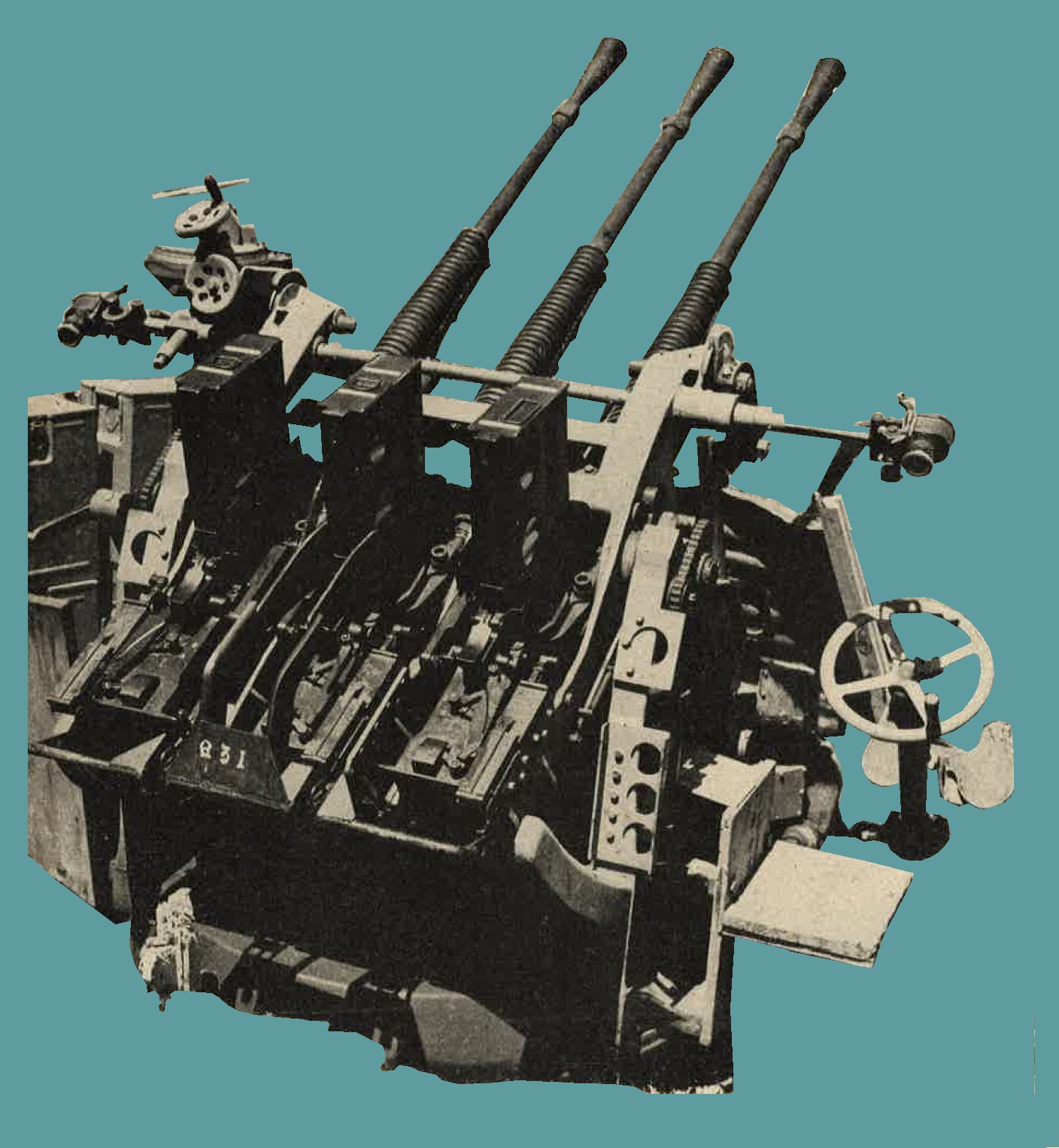CHAPTER 9 - WWII JAPANESE ARTILLERY AND CHEMICAL

3. WWII JAPANESE ANTIAIRCRAFT ARTILLERY.
a. Inroduction. It has been emphasized to the Japanese soldier that effective aircraft defense depends on the use of all arms. Many of the weapons primarilyt designed for ground action and previously described under infantry armament also are designed to perform an antiaircraft role.
(1) The new basic infantry weapon Model 99 (1939) 7.7-mm rifle (figure 228) has a rear sight, with arms calculated to give the rifleman the approximate lead required to hit a low flying plane.
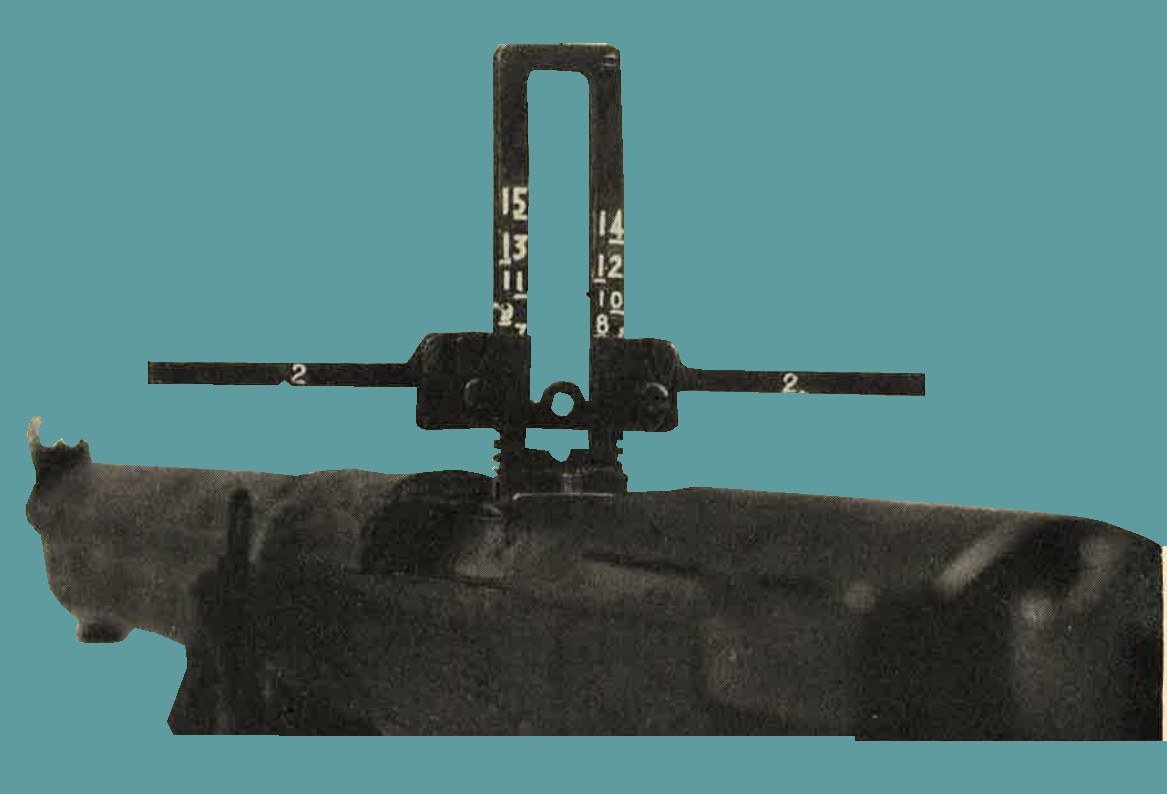
Figure 228. Rear sight on Model 99 (1939) 7.7-mm rifle.
(2) The Model 92 (1932) 7.7-mm heavy machine gun (figure 229) is provided with an antiaircraft adapter as illustrated in figure 229, and standard antiaircraft ring sights.
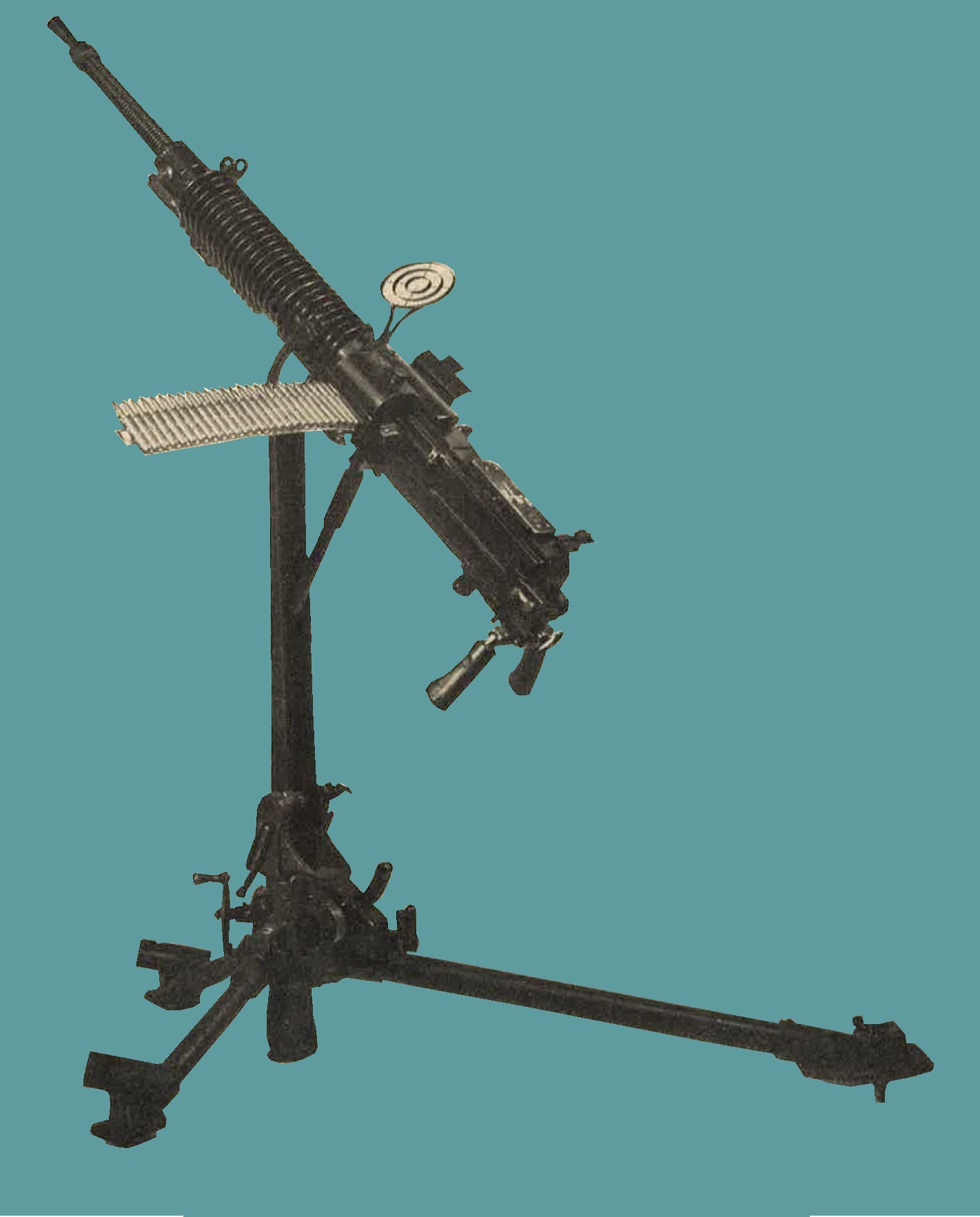
Figure 229. Model 92 (1932) 7.7-mm HMG with AA adapter.
(3) The Lewis type Model 92 (1932) 7.7-mm machine gun (figure 230) has a standard mount which can be adapted for antiaircraft defense (see figure 230)
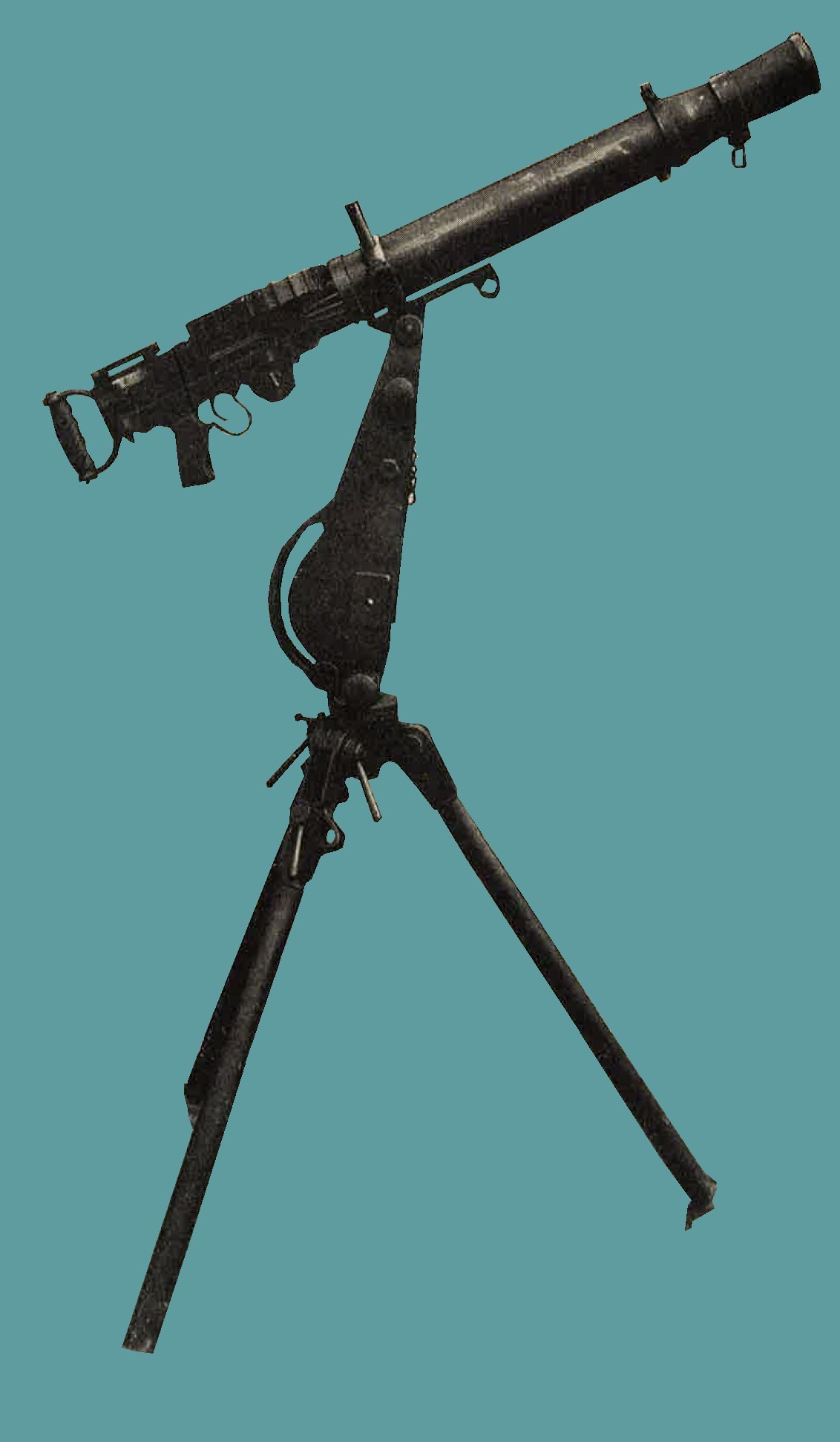
Figure 230. Model 92 (1932) 7.7-mm machine gun (Lewis type) in position for AA fire.
(4) The Model 93 (1933) 13-mm machine gun is shown in figure 231 in dual mount for antiaircraft fire.
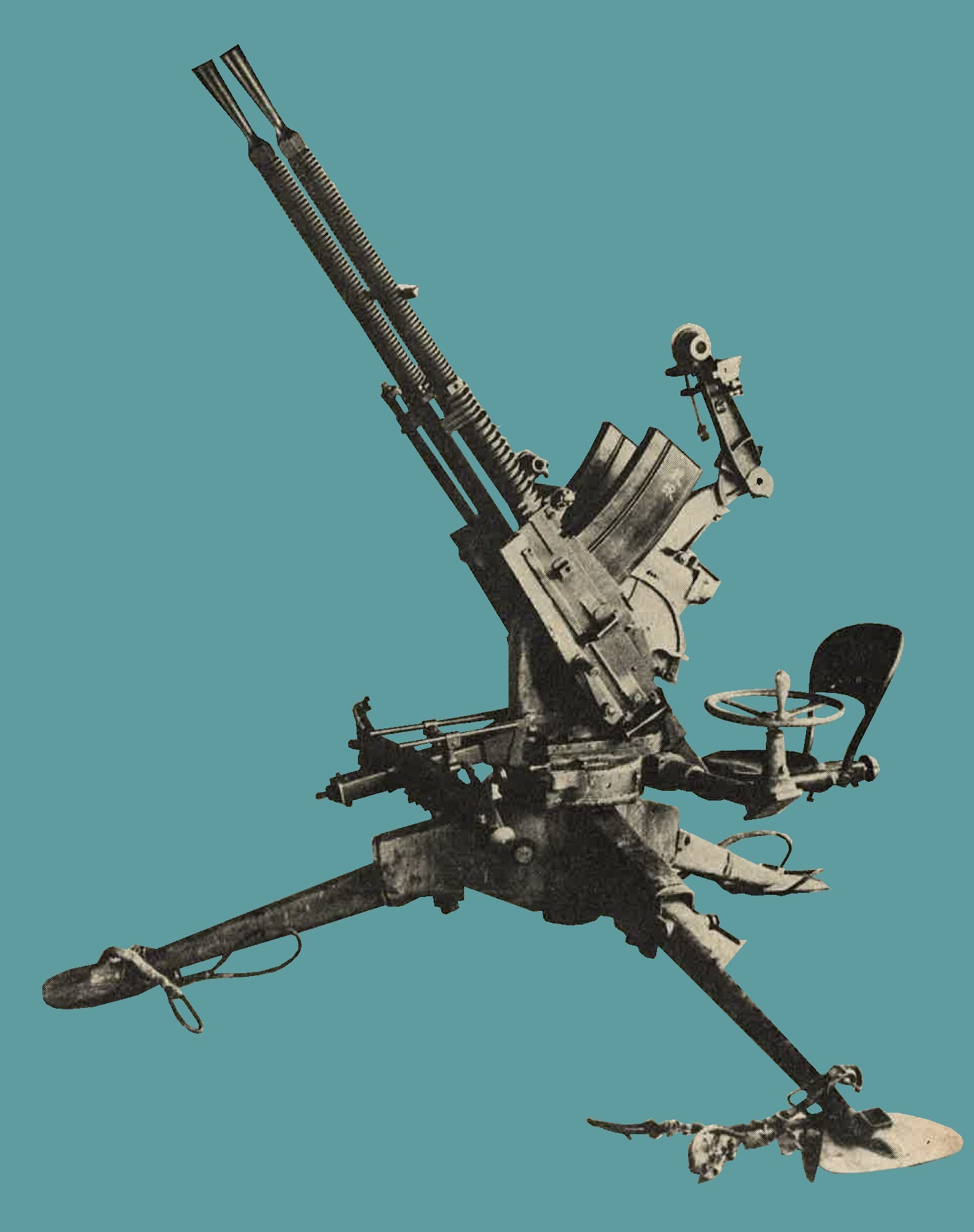
Figure 231. Model 93 (1933) 13-mm machine gun (dual mount).
(5) The Model 98 (1938) 20-mm AA/AT automatic cannon and probably the 70-mm barrage mortar (Chapter 9, Section II) have been designed principally for an antiaircraft role.
(6) In addition to the more common antiaircraft weapons described in detail on the following pages, 120-mm and 127-mm naval antiaircraft guns have been encountered. Th elatter in dual mounts.
(7) There are indications that Japanese heavy AA artillery is possibly more modern and a larger caliber than the standard 75-mm model 88, which is the only heavy antiaircraft weapon captured in quantity to date.
(8) Tabulated below are the estimated capabilities of Japanese aircraft weapons.
| NUM | CALIBER | WEAPONS | MAXIMUM RATE OF FIRE | MAXIMUM VERTICAL RANGE |
| 1 | 7.7-mm | Model 92 heavy machine gun | 450 | 4,000 |
| 2 | 7.7-mm | Model 92 (Lewis) machine gun | 600 | 4,000 |
| 3 | 13.2-mm | Model 93 machine gun | 450 | 13,000 |
| 4 | 20-mm | Model 98 automatic cannon | 200 | 12,000 |
| 5 | 25-mm | Model 96 naval automatic cannon | 300 | 14,000 |
| 6 | 40-mm | Vickers type | ----- | 14,000 |
| 7 | 75-mm | Model 88 gun | 15 | 30,000 |
| 8 | 105-mm | Model 14 gun | 10 | 36,000 |
| 9 | 127-mm | Model 89 gun | 10 | 40,000 |
Information concerning fire control equipment used with some of the weapons listed will be found in Chapter 10.
b. Model 96 (1936) type 2, 25-mm antiaircraft - antitank automatic cannon.
1. General description. This (Figure 232) is gas operated, air cooled, magazine-fed, full automatic,or semiautomatic machine cannon. It has been been found in dual and triple fixed mounts, emplaced customarily around air strips for antiaircraft defense. However, it is capable of 10 degree depression which makes it effective for direct fire against ground targets. Traverse and elevation are controlled by hand wheels.
2. Characteristics.
3. Ammunition. This weapon is furnished with high explosive tracer, high explosive, and armor piercing tracer ammunition.
c. 40-mm single and dual antiaircraft and antitank automatic cannon.
(1) General description. This weapon (figure 233) is a Vickers type recoil operated, water cooled, link belt fed, automatic or semiautomatic machine cannon. several of these have been captured. Single mounted guns were marked "Vickers - Armstrongs 1931", but the dual mounted guns were Japanese manufactured copies. Elevation and traverse are obtained by hand. The weapon is fitted with a telescopic calculating sight and an automatic fuze setter.
(2) Characteristics.
(3) Ammunition. Armor piercing high explosive, high explosive with time fuze, high explosive with point detonating fuze, and tracer. |
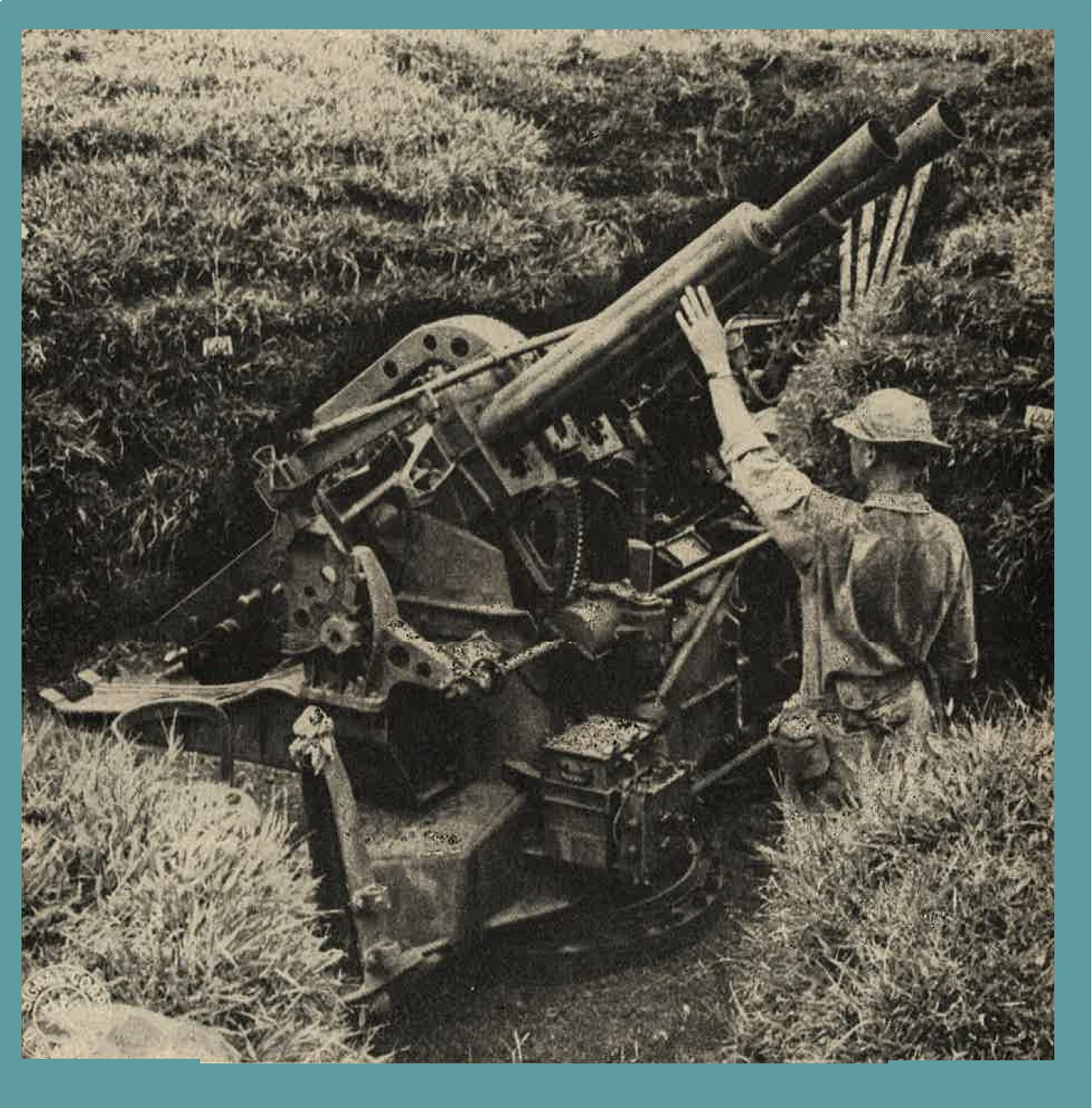
Figure 233. Dual mounted 40-mm Vickers type 40-mm AA/AT automatic cannon. |
d. Model 88 (1928) 75-mm antiaircraft gun.
(1) General description. This has been the standard Japanese mobile heavy antiaircraft weapon (figure 234). Specimens have been found on all airfields captured from the Japanese. It is a truck drawn weapon. For firing, the wheels are removed, and the gun is supported by five outriggers. During transit, the barrel is dropped back on the cradle extension and secured to the ends of two outriggers. The gun has a hydropneumatic variable recoil system and a semiautomatic horizontal, sliding wedge breech mechanism. Fire control instruments captured indicate that the older system of transmitting corrections to the gun pointers vocally is still in use. However, evidence is on hand that an electrical data transmission system and operation by the "Matched Pointers" method is used sometimes. This gun has been used against ground targets.
(2) Characteristics.
(3) Ammunition. High explosive, sharpnel, and incendiary. |
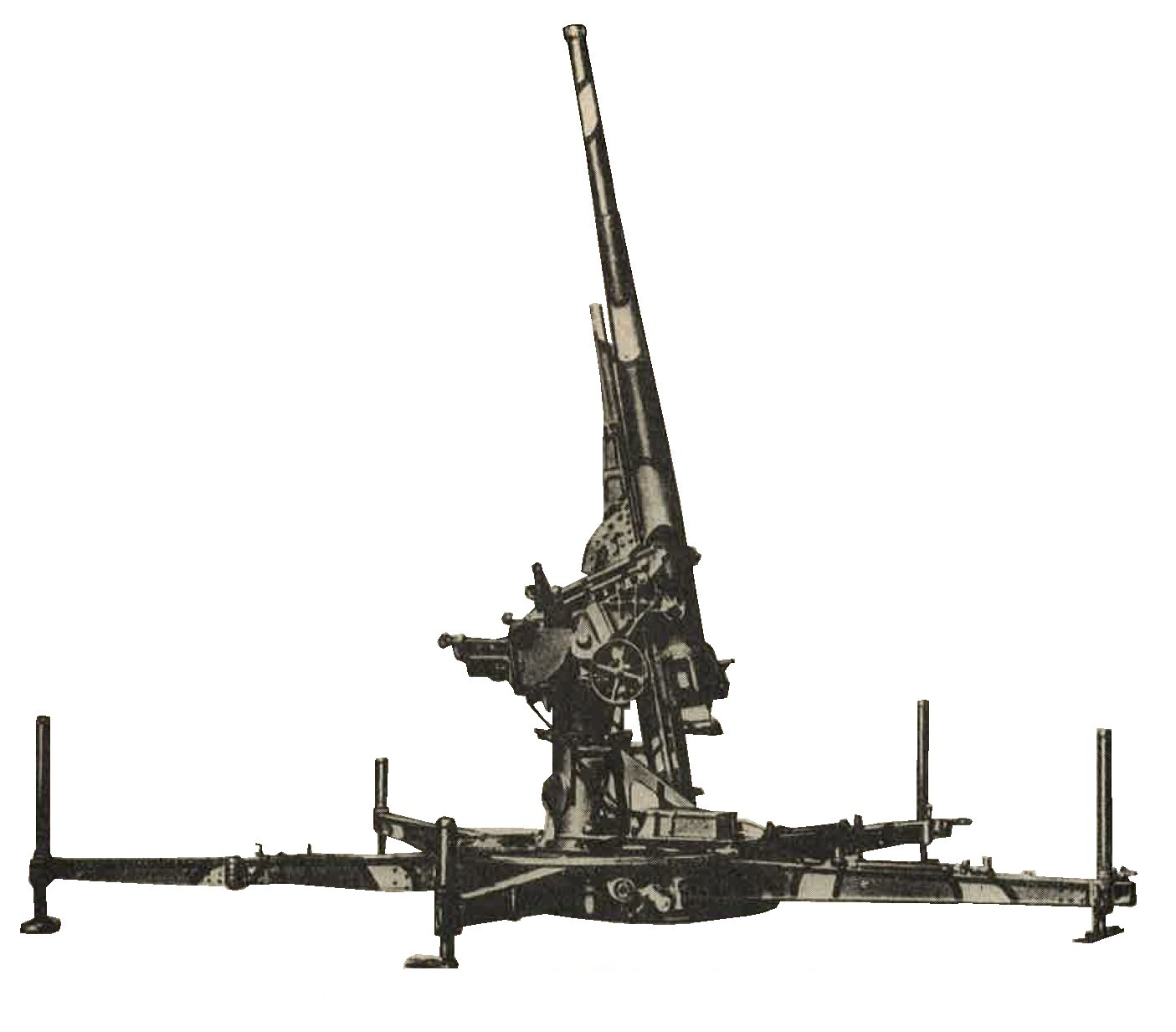
Figure 234. Model 88 (1928) 75-mm antiaircraft gun. |
e. Model 14 (1925) 105-mm antiaircraft gun.
(1) General description. This is the heavist mobile Japanese antiaircaft weapon (figure 235) in use at present (1944). As originally designed, it was not satisfactory, and probably has been redesigned by this time. It has a pedestal mount, horizontal sliding breechblock, and a hydropneumatic recil system. In firing position the wheels are detached and the gun rests on six outriggers. Thiry to 45 minutes are required to prepare the gun for action. The fuze setter is continuous and automatic.
(2) Characteristics.
(3) Ammunition. High explosive. |
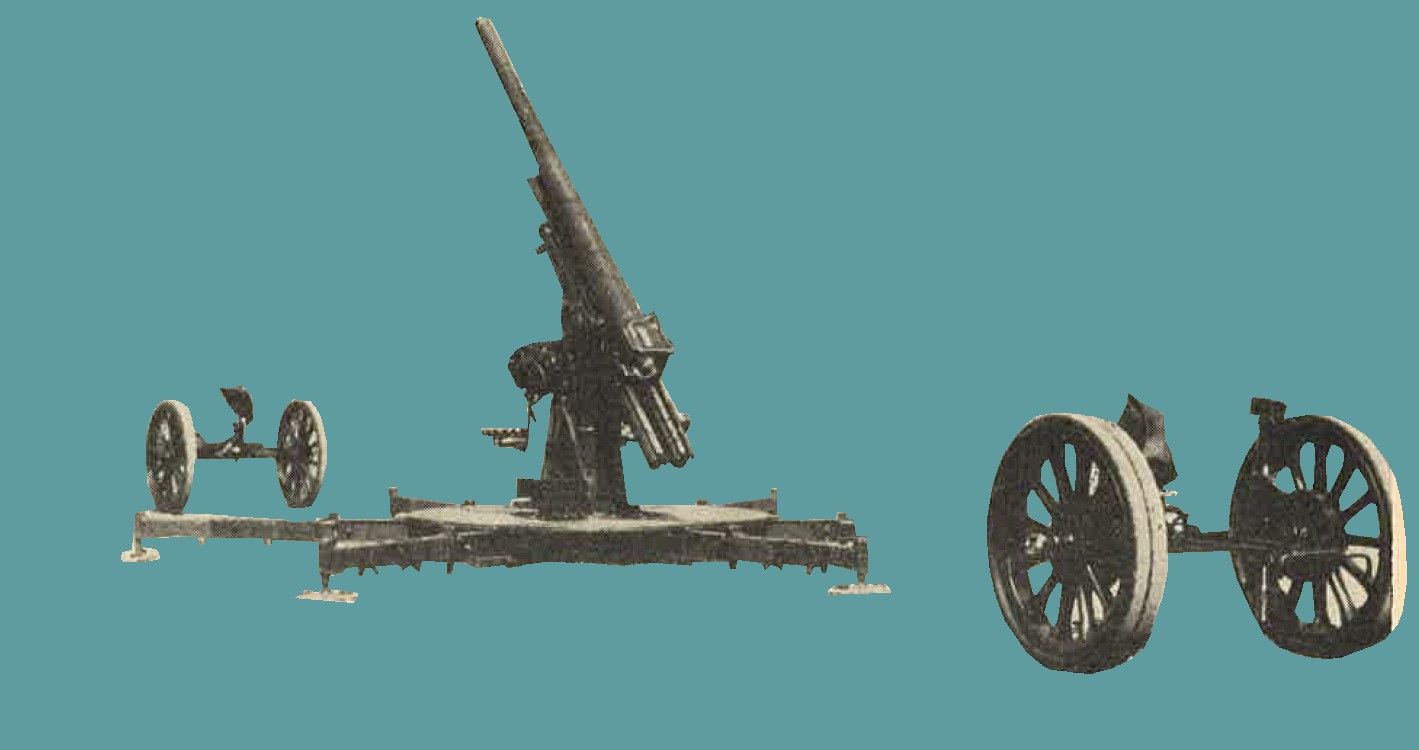
Figure 235. Model 14 (1925) 105-mm antiaircraft gun showing detachable wheels used for transport of piece. |

4. JAPANESE NAVAL WEAPONS.
a. General In all areas captured from Japanese, naval guns have been found installed for coastal and antiaircraft defense. These weapons have been of standard naval design, and in many cases appear to have been removed complete (including turret, mounting, etc.) from the decks of the ships. It is known that the Japanese have recovered the armamentfrom beached ships and transferred them to land posiitons.
Since they are on pedestal mounts with wide traverse, they not only are used for coastal defense but also may be brought to bear against inland targets. On the following pages are found examples of the naval guns which are most likely to be encountered. Of these weapons the Model 10 (1921) 3-inch gun has been most frequently installed. In addition to thoseweapons described, guns of 127-mm (5 inch) and 8 inch calibers have been captured. The 127-mm guns have been found mounted in pairs in turrets which permit antiaircraft fire.
b. Model 10 (1921) 3-Inch gun.
(1) General description.
The Japanese refer to this weapon (figure 236) as the "8-cm, 40 caliber, high angle gun". actual measurements show it to be 76.2-mm (3 inch). A dual purpose piece of pedestal mount, it is used as antiaircraft as well as coastal defense. To compensate for muzzle preponderance, an equilibrator is mounted in the pedestal. The recoil system is hydropneumatic, and the breechblock is the sliding wedge type. A noticeable feature is the unusually long recoil cylinder on the top of the tube.
(2) Characteristics.
(3) Ammunition. High explosive. |
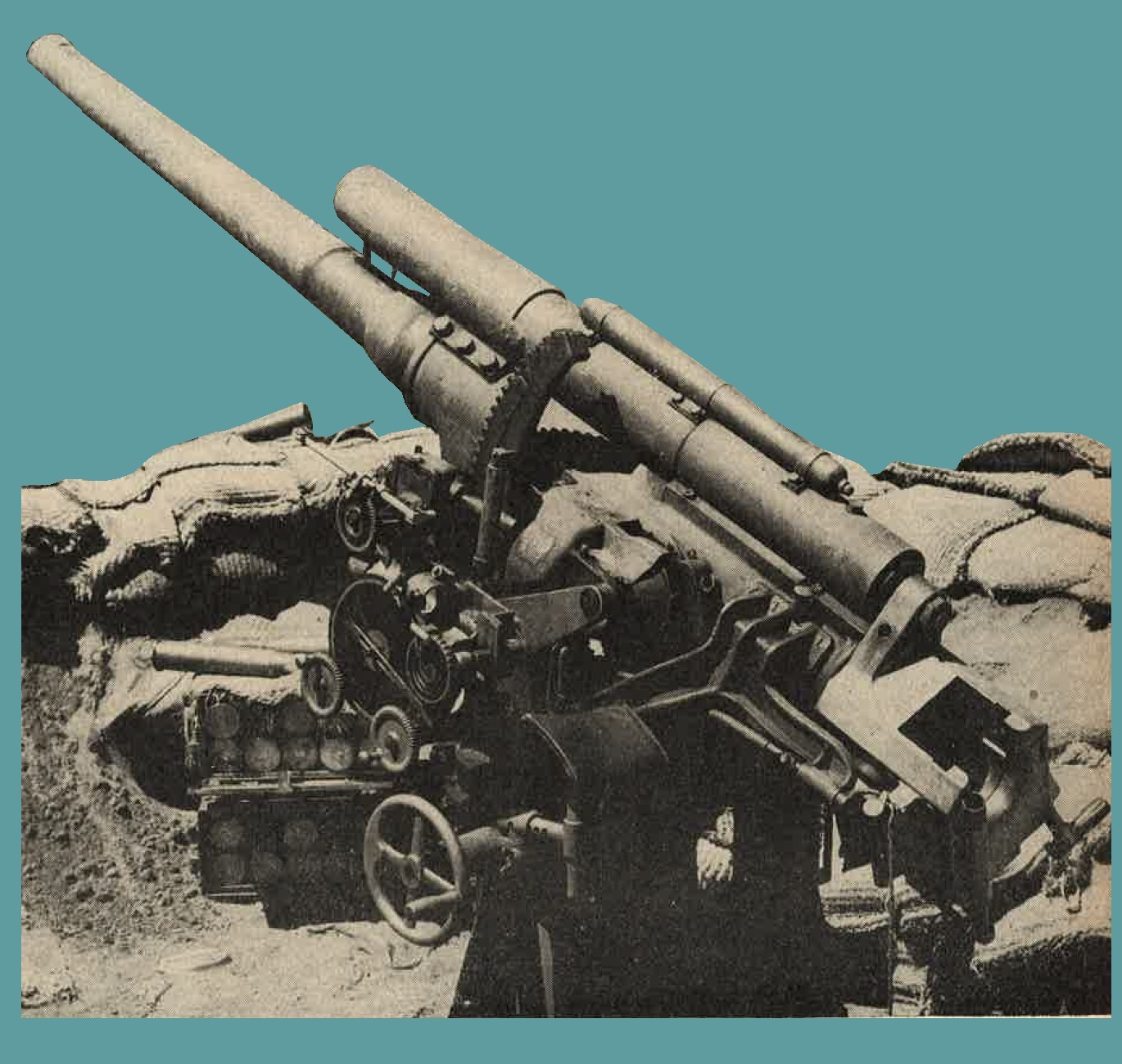
Figure 236. Model 10 (1921) 3-inch gun. |
c. Model 3 (1914) 12-cm Naval gun.
(1) General description.
Guns of this type (figure 237) have been encountered on a number of islands in the Pacific area. No provision has been made on the gun illustrtated in figure 237 to provide for use as an antiaircraft weapon, but other weapons of this caliber allegedly are munted for such purposes. It has a hydropneumatic recoil system and an interrupted thread breechblock.
(2) Characteristics.
(3) Ammunition. Separate loading high explosive with a cartridge case used for obturation. |
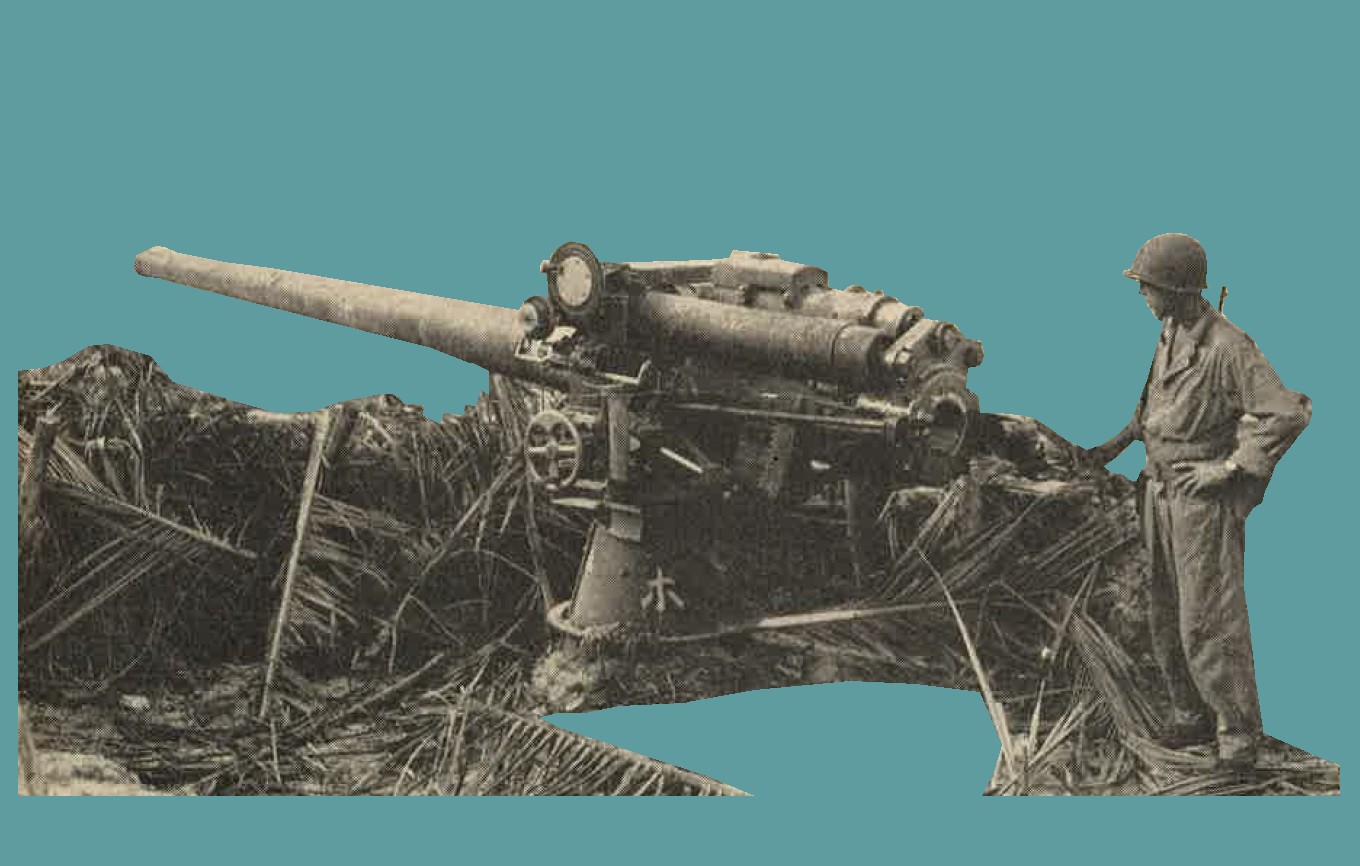
Figure 237. Model 3 (1914) 12-cm naval gun. |
d. Model 3 (1914) 14-cm naval gun.
(1) General description.
An orthodox type of naval gun and pedestal mount (figure 238) which has been used as a coastal defense weapon. It has been found both with a shield and mounted in a hand operated turret (casemate). It has a hydropneumatic recoil system and truncated cone, interrupted thread breechblock.
(2) Characteristics.
(3) Ammunition. Separate loading ammunition is used. The prokectiles recovered were high explosive, with fuzes designed for use against vessels. |
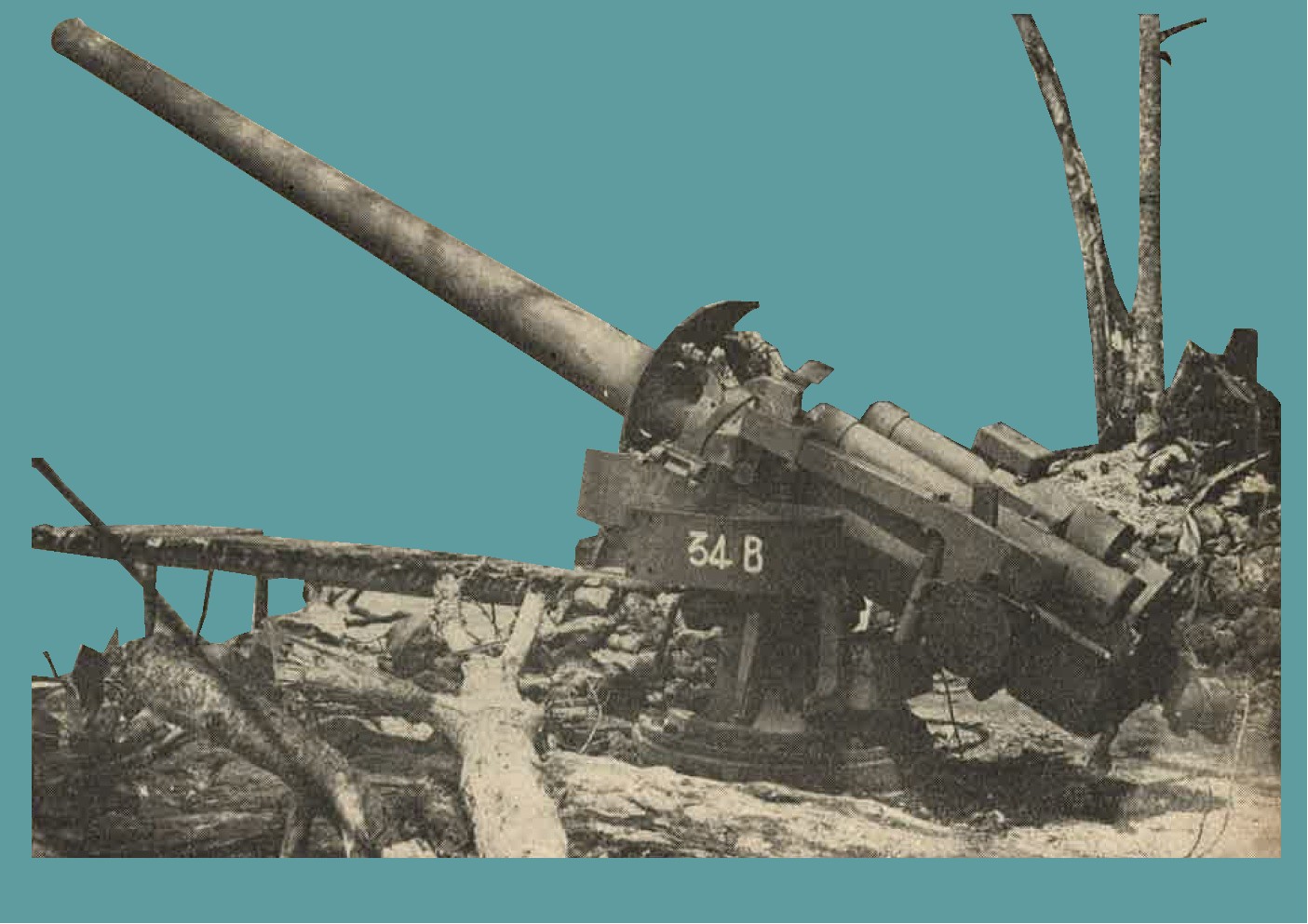
Figure 238. Model 3 (1914) 14-cm naval gun. |
